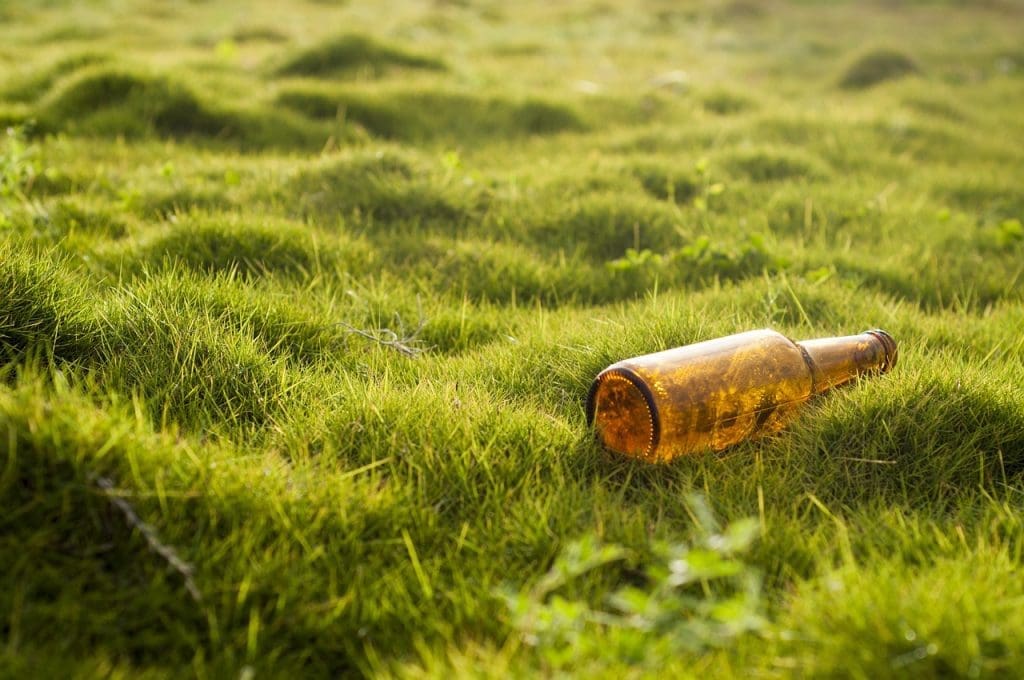Have you ever looked around your local waterways and noticed a dense mat of lush green plants taking over? You may have spotted alligator weed, an invasive species causing havoc in many neighborhoods. Organizing a community cleanup event to target this pest can seem overwhelming. Still, with a well-laid plan and some enthusiastic volunteers, you can make a big difference in your local environment.
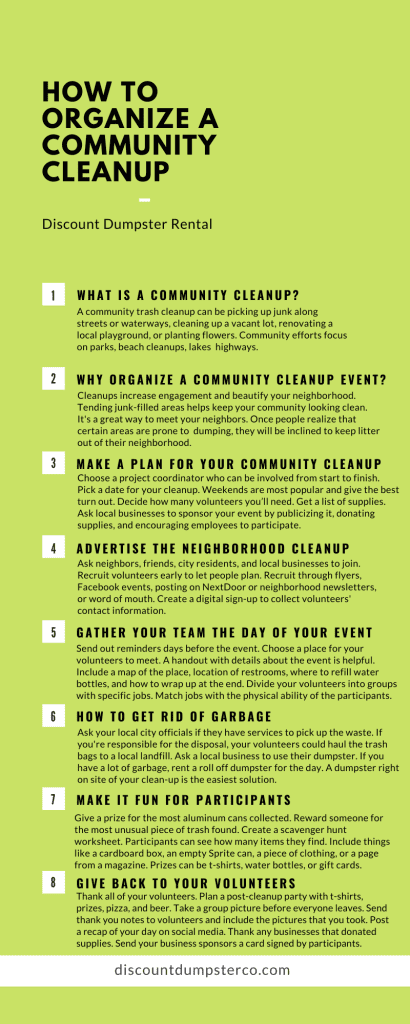
What is Alligator Weed?
Understanding the Invasive Species
Alligator weed (Alternanthera philoxeroides) is an invasive aquatic species originally from South America. It grows aggressively in water bodies and moist soil, forming dense mats that can outcompete native vegetation and disrupt ecosystems. Identifying and understanding its characteristics are the first steps in combating this invasive plant.
Why It’s a Problem
This plant poses significant threats to the local ecosystems. It can clog waterways, impede water flow, and increase flooding risks, making water recreation and navigation difficult. Furthermore, it can diminish biodiversity by outcompeting native species and reduce the quality of habitats for fish and wildlife.
Steps to Organize a Community Cleanup Event
Step 1: Identification and Assessment
Begin by surveying your local area to identify where alligator weed is most prevalent. Document the infestation sites and assess the severity. Take photos and mark locations on a map; this visual aid will help in planning your cleanup efforts.
Tools for Assessment
| Tool | Purpose |
|---|---|
| GPS Device or App | Mark infestation sites |
| Camera or Smartphone | Document the severity and location |
| Notes and Field Journal | Record details about the infestations |
Step 2: Get the Necessary Approvals and Permits
Contact your local government or environmental agency to get the necessary approvals and permits. Clearing invasive species can sometimes involve specific regulations, especially if you are working in protected or sensitive areas.
Agencies to Contact
| Agency | Role |
|---|---|
| Local Government Environment Department | Approvals for public land cleanups |
| Wildlife and Fisheries Department | Guidance on protecting native species |
| Parks and Recreation Department | Use of parks and waterways |
Step 3: Assemble a Team
Organizing a successful cleanup takes a village—literally! Recruit volunteers from diverse groups such as local schools, environmental clubs, civic organizations, and neighborhood associations. Create roles and responsibilities for efficient teamwork.
Roles to Consider
| Role | Responsibilities |
|---|---|
| Project Coordinator | Oversees the overall organization and execution of the event |
| Volunteer Coordinator | Manages volunteer recruitment, training, and communication |
| Safety Officer | Ensures volunteers are aware of safety protocols and provides first-aid if necessary |
| Public Relations | Promotes the event, engages media, and liaises with the community |
Step 4: Plan the Logistics
Decide on the date, time, and location of your event. Ensure that the timing avoids major community events or holidays that could affect volunteer turnout. Plan for necessary supplies, such as gloves, garbage bags, tools, first aid kits, and refreshments for volunteers.
Essential Supplies
| Item | Quantity | Purpose |
|---|---|---|
| Gloves | As needed | Protect hands from debris |
| Garbage Bags | At least 1 per volunteer | Collect removed weeds |
| Cutting Tools | Multiple | Remove larger infestations |
| First Aid Kit | 1 per 10 volunteers | Handle minor injuries |
| Refreshments | Sufficient for all volunteers | Hydrate and energize |
Step 5: Promote Your Event
Use multiple platforms to spread the word about your cleanup event. Social media, community bulletin boards, local newspapers, and word-of-mouth are excellent ways to inform and attract volunteers. Consider creating an event page on social platforms to keep everyone updated.
Step 6: Conduct Safety Training
Safety should always be a priority. Provide a short training session before the event to educate all volunteers on the potential risks and necessary precautions when dealing with alligator weed. Make sure everyone knows how to use the tools and understands the importance of wearing protective gear.
Key Safety Points
| Safety Concern | Precaution |
|---|---|
| Exposure to Wildlife | Be aware of local fauna, wear closed shoes |
| Handling Sharp Objects | Use gloves and handle tools carefully |
| Hydration and Sun Protection | Drink water regularly, use sunscreen |
| Fatigue and Overexertion | Take breaks, listen to your body |
Step 7: Execute the Cleanup
On the day of the event, start with a brief meeting to reiterate safety guidelines and assign tasks. Ensure everyone knows their responsibilities. A group photo at the beginning can boost morale and serve as a “before” shot for your records.
Phases of the Cleanup
| Phase | Activity |
|---|---|
| Welcome and Briefing | Introduction and safety instructions |
| Active Cleanup | Volunteers remove alligator weed |
| Collection | Gather and transport collected waste |
| Closing Remarks | Thank volunteers, highlight the impact |
Step 8: Dispose of the Alligator Weed
Proper disposal is crucial to prevent the spread of alligator weed. Check with local waste management facilities on the proper disposal methods. Composting or burning may be options, but always follow local regulations to avoid unintentional spread.
Step 9: Monitor and Maintain
After the initial cleanup, continuous monitoring and maintenance are key to keeping alligator weed at bay. Schedule regular follow-up events to address any new growth and prevent re-infestation. Use the data collected during your initial assessment to track progress and plan future cleanups.
Long-term Monitoring Plan
| Activity | Frequency | Purpose |
|---|---|---|
| Site Inspection | Monthly or Quarterly | Identify new growth, effectiveness check |
| Volunteer Updates | Quarterly | Inform about progress, upcoming events |
| Data Recording | After each inspection | Maintain records of cleaned areas |
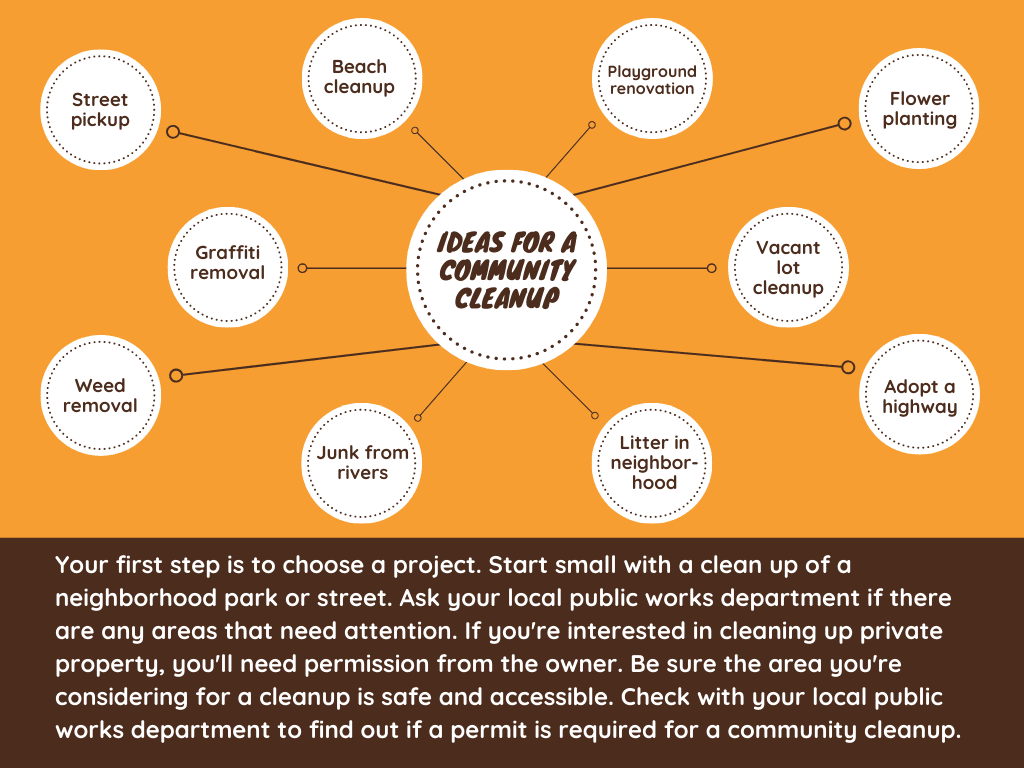
Engaging the Community
Education and Outreach
Raising awareness about alligator weed and its impacts is essential. Plan educational workshops or information sessions to inform the public about the importance of controlling this invasive species. Use social media, community centers, and local schools to disseminate information.
Partnering with Local Organizations
Collaborating with local organizations can amplify your efforts. Scout for potential partners among environmental NGOs, local businesses, and academic institutions, as they can provide resources, funding, and expertise.
Potential Partners
| Organization Type | Contribution |
|---|---|
| Environmental NGOs | Expertise, volunteers, funding |
| Local Businesses | Sponsorships, supplies, employee volunteer programs |
| Academic Institutions | Research, student volunteers |
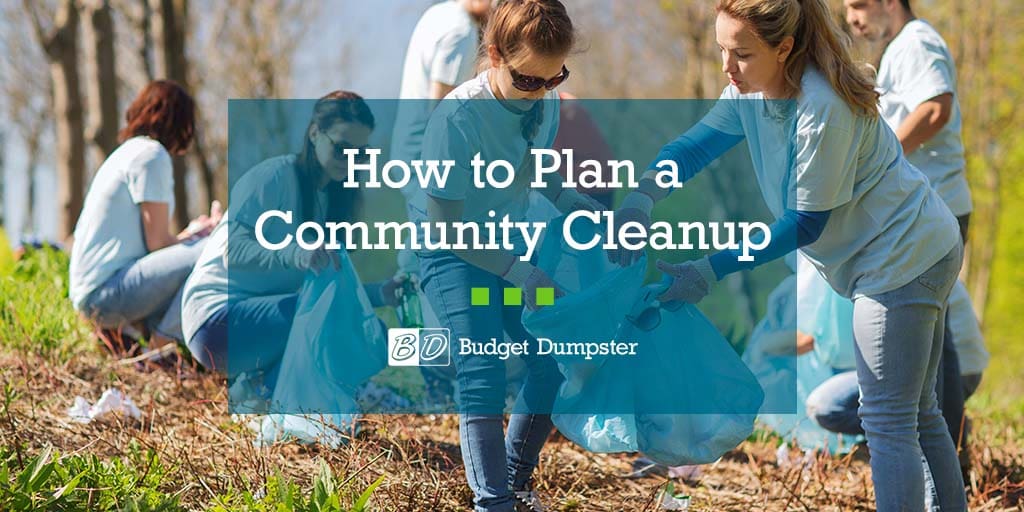
Measuring Success
Quantitative Metrics
Tracking the progress and impact of your cleanup provides valuable insights. Measure the amount of alligator weed removed, the number of volunteers involved, and the reduction in infestation areas over time. Use these metrics to evaluate the success and plan future events.
Sample Metrics
| Metric | Data Point |
|---|---|
| Volume of Weeds Removed | Pounds/Kilograms |
| Volunteer Participation | Number of volunteers |
| Area Cleared | Square meters/acres |
Qualitative Metrics
Collect feedback from volunteers and community members to understand the event’s qualitative impact. Surveys, testimonials, and community feedback can provide insights into the social benefits and areas of improvement.
Feedback Tools
| Tool | Usage |
|---|---|
| Volunteer Surveys | Gather post-event feedback |
| Community Meetings | Open discussions |
| Social Media Polls | Quick and broad insights |
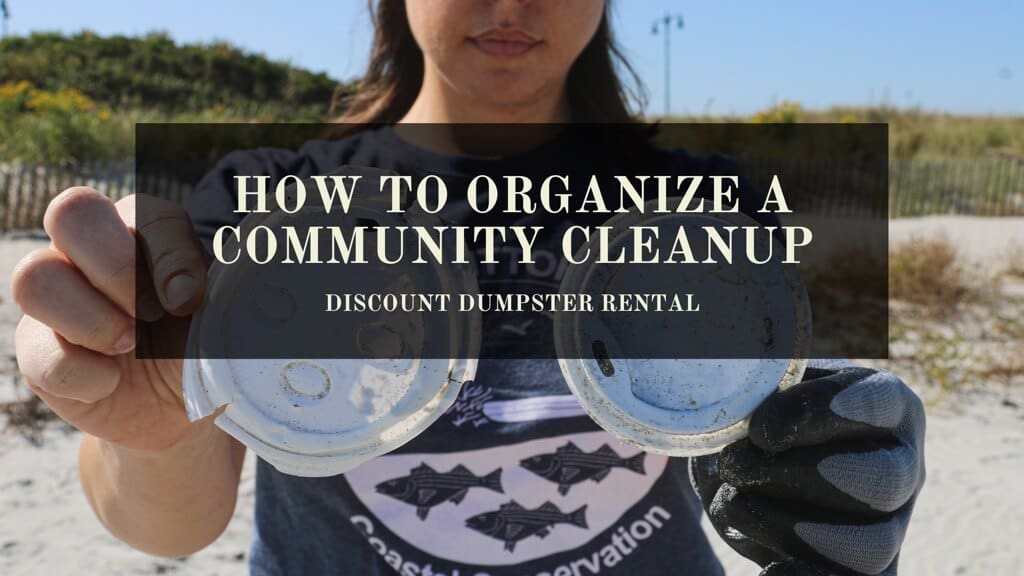
Celebrating and Sharing Success
Recognizing Volunteers
Recognize and appreciate the efforts of your volunteers. Certificates, thank-you notes, or a small celebration can go a long way in acknowledging their contributions.
Publicizing Achievements
Sharing the success of your cleanup event can inspire others to get involved. Use local media, social media, and community newsletters to showcase the positive impact of your efforts.
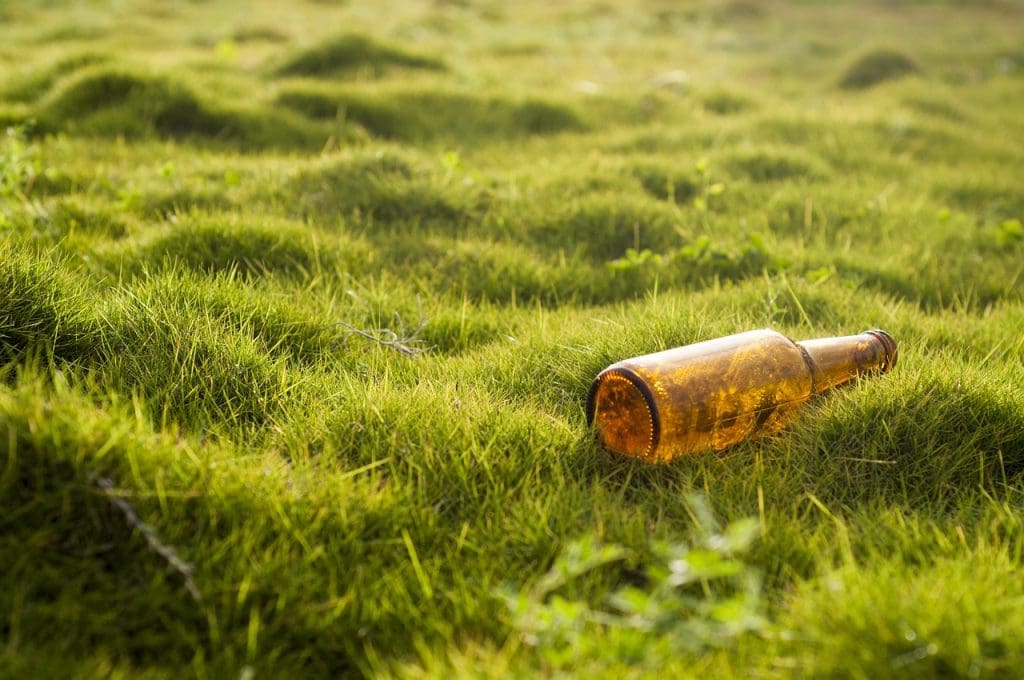
Conclusion
Organizing a community cleanup event to tackle alligator weed is a rewarding endeavor that brings people together for a common cause. By following these steps, you can effectively engage your community, protect local ecosystems, and make a lasting impact. Remember, maintaining the momentum through regular follow-up and continued community involvement is key to long-term success. Happy organizing!
